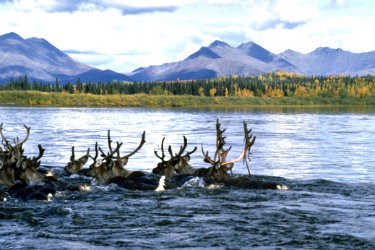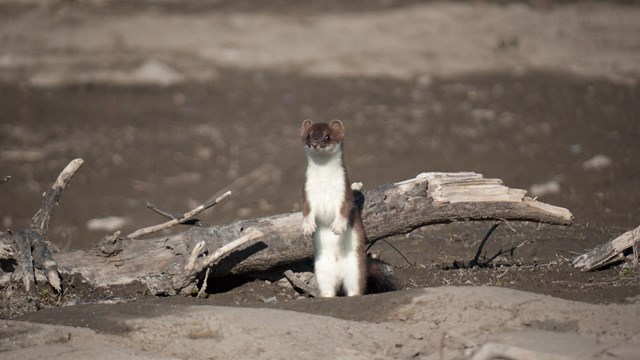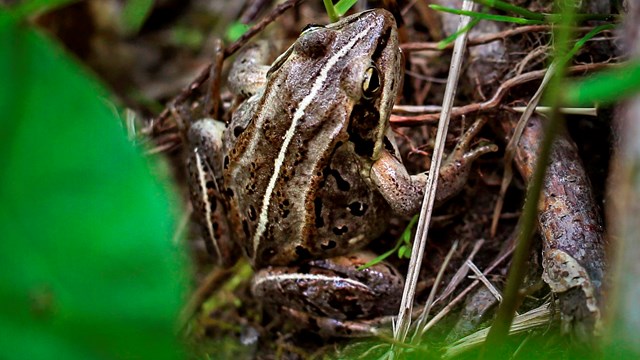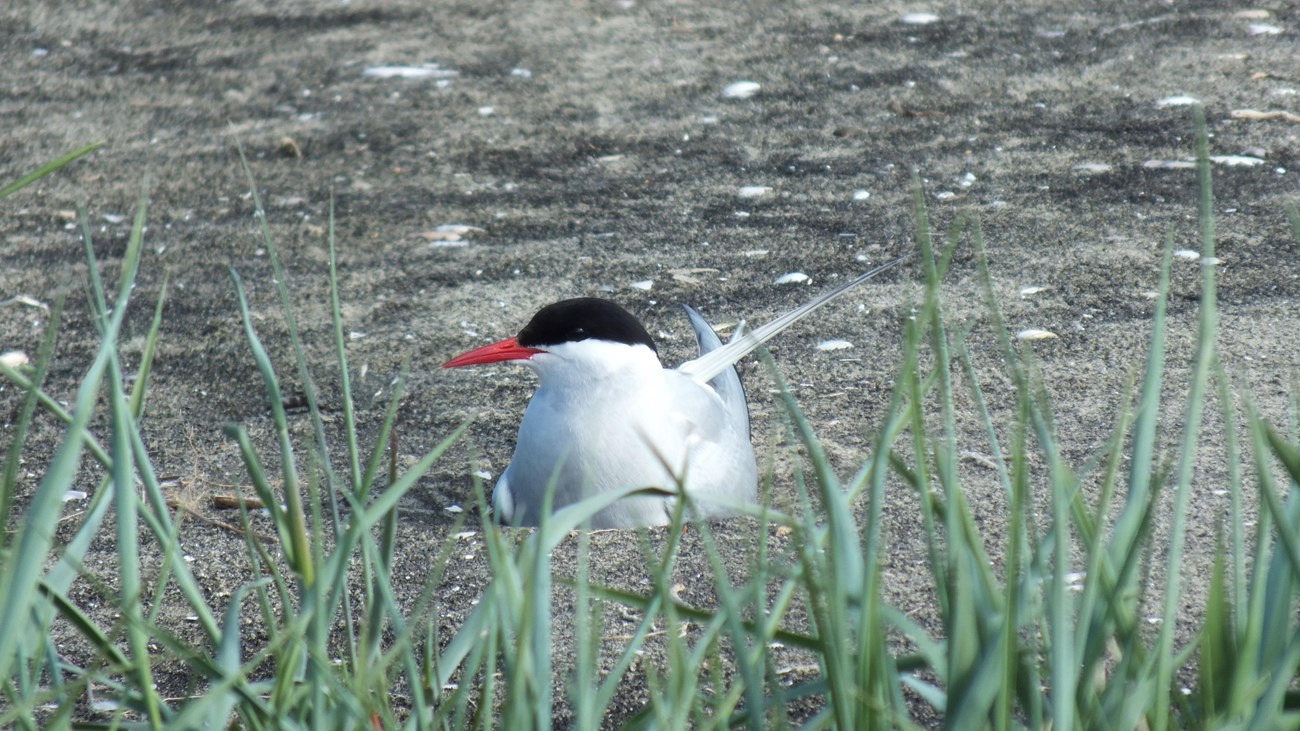
NPS Photo The ocean and land environments in Cape Krusenstern National Monument are closely intertwined. Marine waters make up half of the monument’s perimeter and no point of land is far from the coast. This means that the lives of virtually all the animals at Cape Krusenstern are tied to its productive marine waters or the biologically rich brackish lagoons. Millions of birds flock to the sheltered lakes and rivers of Cape Krusenstern every spring to breed, some of them traveling unimaginable distances. The arctic tern flies all the way from the coast of Antarctica - the longest migration of any bird in the world. Ducks, cranes, loons, geese and swans all make the valley their home for a few months each year. Summer is a time of plenty in Cape Krusenstern, but any animal that makes its home in the Arctic must contend with the winter. Temperatures plummet, the rivers freeze and the sun disappears. Heavy snow and ice blanket the landscape, hiding the willows and lichen from sight. Food becomes scares. As the nights grow long and the temperatures drop, many animals leave, migrating south for the winter. Most of the animals that stay hibernate, spending the long winter asleep underground, but a few, such as the Arctic wolf and the ptarmigan, are active all winter long. They make do with what food remains on the snowy tundra, scraping by until sun and the bounty of summer returns. 
Mammals of Cape Krusenstern
Learn more about the mammals found in Cape Krusenstern National Monument. 
Amphibians of Cape Krusenstern
Learn about the one and only amphibian found in the Arctic! 
Birds of Cape Krusenstern
Learn more about the resident and migratory birds of Cape Krusenstern. |
Last updated: September 27, 2023
